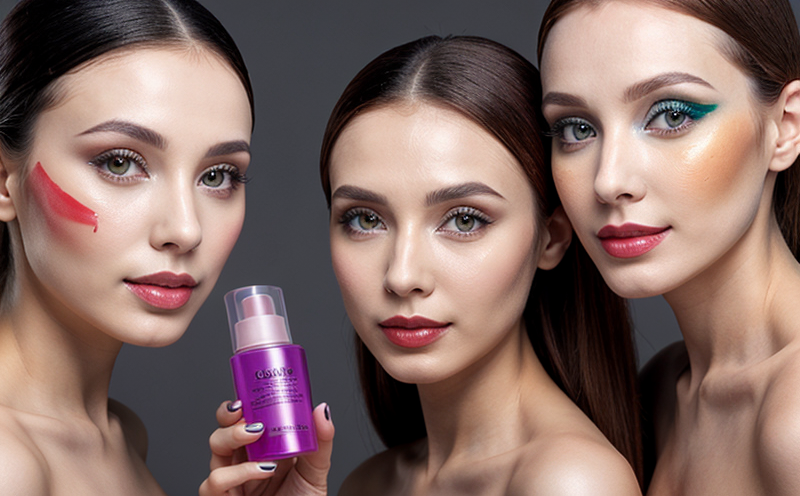Toxicology & Safety Assessment of Cosmetic Products
Ensuring that cosmetic products are safe and do not pose significant health risks is a critical aspect of product development. Toxicological assessments and safety evaluations play a pivotal role in this process, ensuring compliance with regulatory requirements and protecting consumers from potential harm.
In the cosmetics industry, the primary goal of toxicology & safety assessment is to identify any adverse effects that cosmetic products might have on human health. This involves evaluating various aspects such as irritation potential, sensitization risk, systemic toxicity, allergenicity, and phototoxicity. By conducting comprehensive tests, manufacturers can mitigate risks early in the product development cycle.
Our laboratory provides a wide range of services to support these assessments, including but not limited to dermal irritation testing (using ISO 10704:2006), ocular irritation testing (following OECD Guideline 439), and systemic toxicity testing. We also offer allergenicity tests (ISO 18523) and phototoxicity assessments, ensuring that each product meets stringent safety standards.
The process typically begins with a thorough review of the product formula to identify potential allergens or irritants. This is followed by detailed in vitro or in vivo testing depending on the specific requirements and regulatory guidelines. Our laboratory adheres strictly to international standards such as ISO, ASTM, EN, IEC, and OECD to ensure accurate and reliable results.
It's important to note that these assessments are not only about protecting consumers but also about maintaining a good reputation for the brand. A negative safety record can severely impact consumer trust and market share. By partnering with our laboratory, you can rest assured that your products meet the highest safety standards and are ready for market entry.
| Assessment Type | Testing Methodology | Regulatory Compliance |
|---|---|---|
| Dermal Irritation Testing | ISO 10704:2006 | EU, USA, Canada |
| Ocular Irritation Testing | OECD Guideline 439 | EU, Japan, Australia |
| Allergenicity Testing | ISO 18523 | USA, EU, Canada |
| Systemic Toxicity Testing | OECD Guideline 407 | EU, USA |
Applied Standards
The safety and efficacy of cosmetic products are governed by a variety of international standards. Our laboratory ensures that all our tests comply with these guidelines to provide accurate, reliable results.
- ISO 10704:2006 - Dermal Irritation Testing
- OECD Guideline 439 - Ocular Irritation Testing
- ISO 18523 - Allergenicity Testing
- OECD Guideline 407 - Systemic Toxicity Testing
We also follow specific guidelines from regulatory bodies such as the European Union, United States Food and Drug Administration (FDA), and other national and international organizations.
Scope and Methodology
- Formulation Review: We begin by analyzing the product formula to identify potential allergens, irritants, or sensitizers.
- In Vitro Testing: Where appropriate, we conduct in vitro testing using human cell lines and tissues to assess toxicity levels.
- In Vivo Testing: For systemic toxicity tests, we use animal models to evaluate the product's potential for adverse effects.
Environmental and Sustainability Contributions
- We minimize waste by reusing disposable materials where possible.
- We ensure that all chemicals used in testing are properly disposed of to prevent contamination of water sources.





